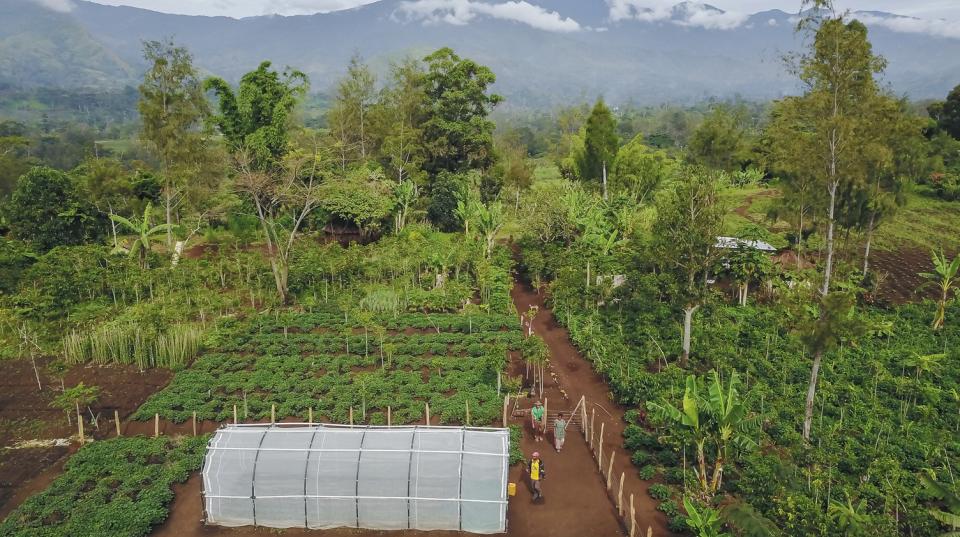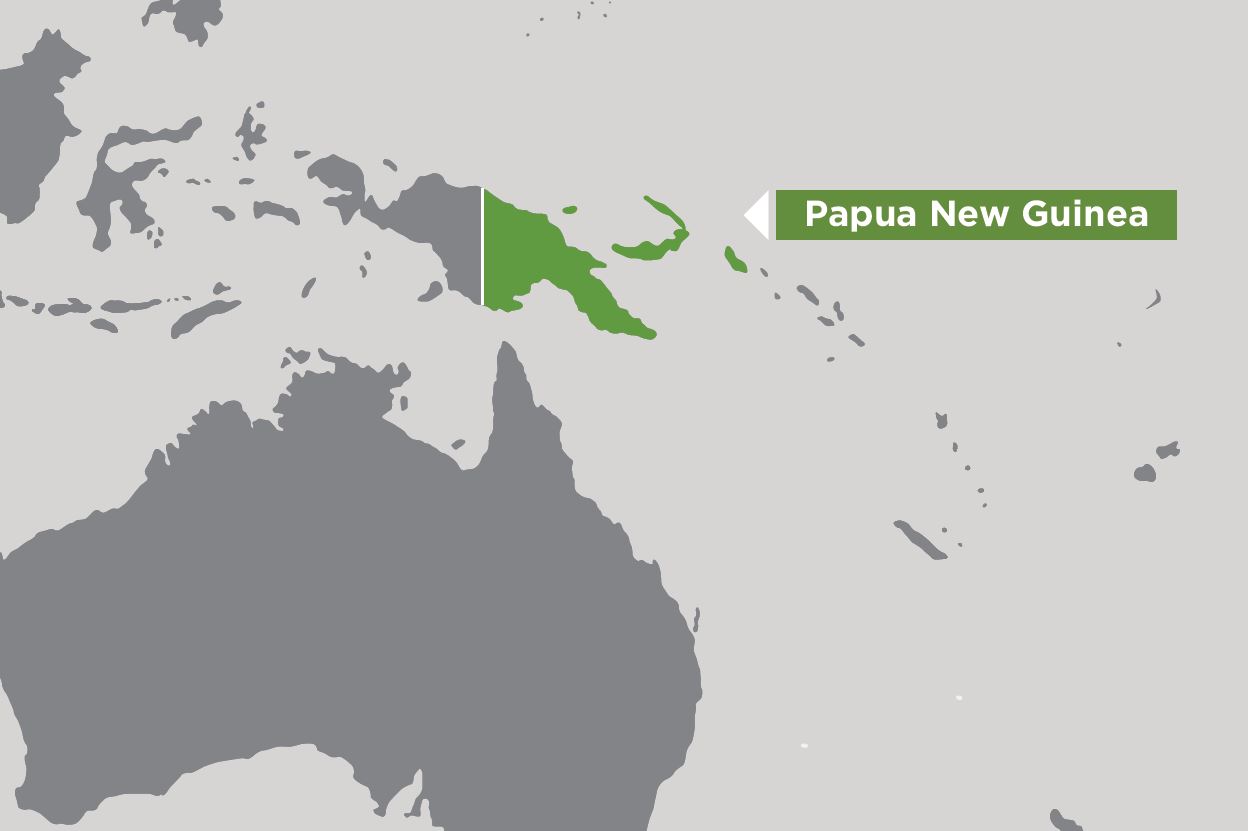Overview
This project developed, tested and promoted the adoption of sustainable solutions to protect sweetpotato crop production in Papua New Guinea (PNG).
Sweetpotato is PNG’s major staple food crop - around 90% of the population consists of semi-subsistence smallholder farmers for whom sweetpotato is a major crop species.
The crop is the focus of efforts to increase commercialisation of fresh product marketing and processing.
A number of crop protection issues have been identified and addressed in this project to develop practical pest management options for smallholder growers. The prevalence of sweetpotato weevil and the need for clean planting material to address losses from viral diseases and nematodes were also addressed.
Postharvest losses to sweetpotato roots constrain the development of commercial production and marketing into cities as a cash crop. The development of new crop-protection methods supports commercial production as well as food security for subsistence for smallholders and complements work on soil management and crop nutrition.
Project outcomes
- Enhanced crop protection options based on cultural practices.
- Availability of biological control agents for growers.
- Greater understanding among farmers of the range of practices which can be used.
- Accelerated change from a largely subsistence crop system, with some local marketing, to an expanded commercial sector for sweetpotato.
- Increased and more consistent sweetpotato availability and lower levels of pest infestation and pest and disease damage.
- Economic empowerment of women through opportunities to find paid employment in commercial sweetpotato growing and marketing enterprises.
- Reduced losses of sweetpotato due to pests and diseases.
- Greater food security and reduced nutrient malnutrition in rural communities.
- Greater cash income to rural households from the sale of sweetpotato.
- Increased capacity for farmers to prevent and stop major biotic threats.






